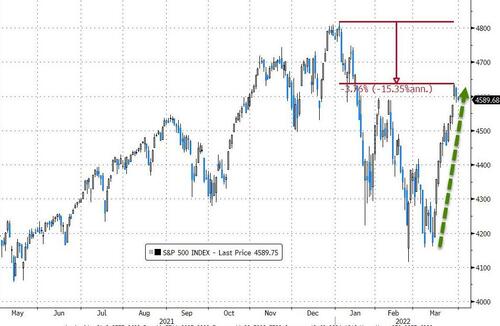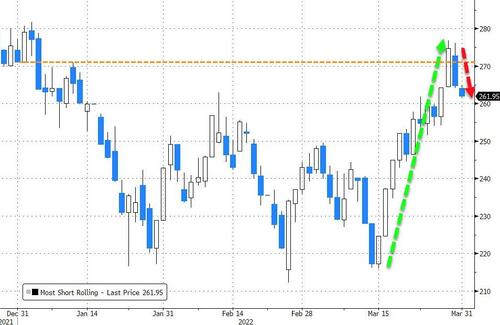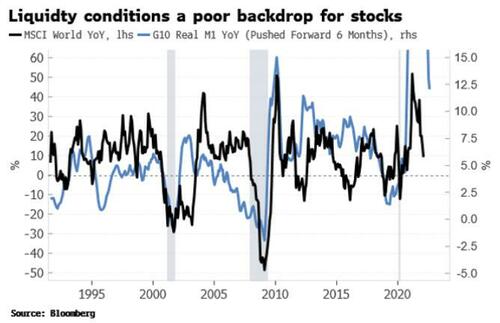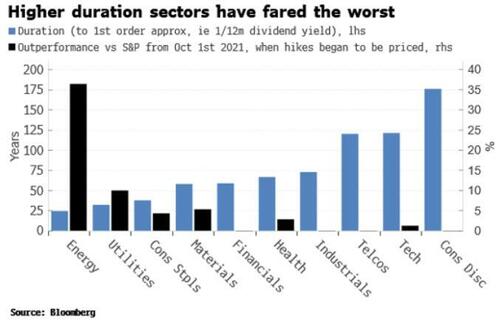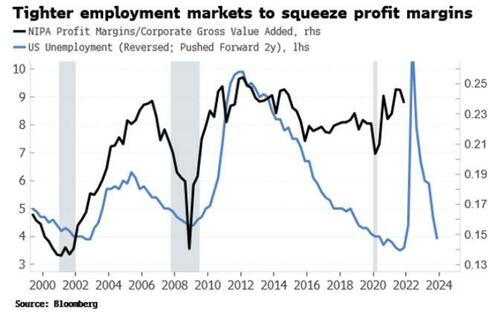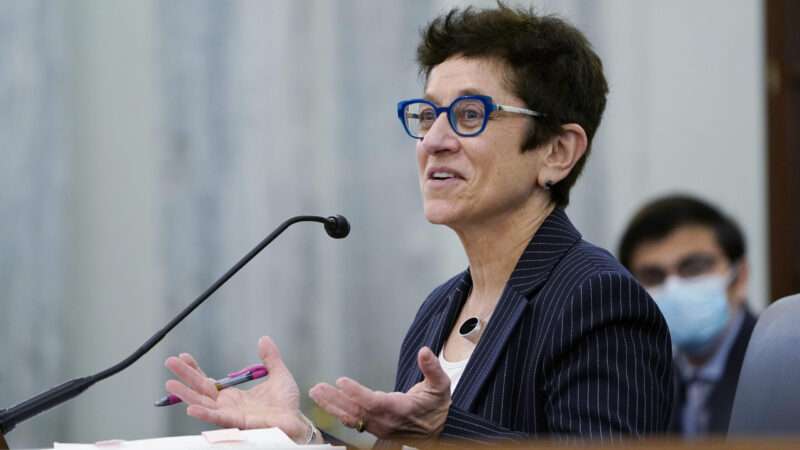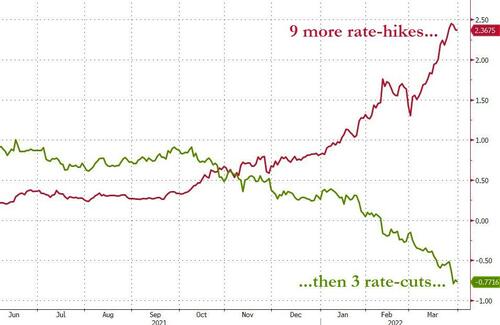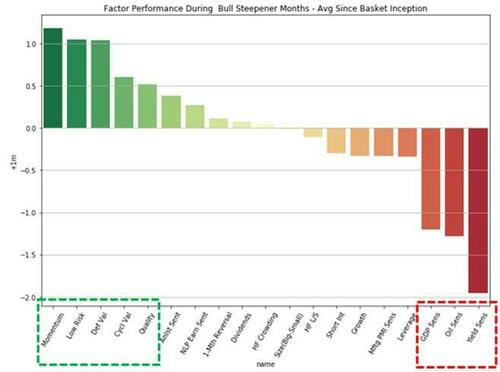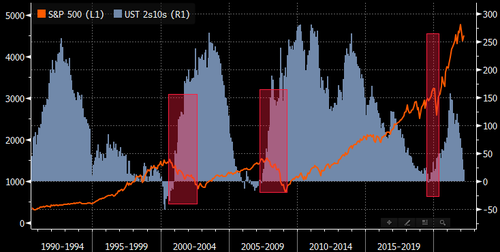When a federal appeals court in 2010 gutted a series of regulations related to what we now call “net neutrality,” Gigi Sohn predicted a bleak future for web users in which most of us would be relegated to a slower experience while a few powerful online firms had access to the speediest connections.
“You can’t have innovation if all the big companies get the fast lane,” Sohn, then-president of Public Knowledge, a progressive consumer rights group, told The New York Times. “Look at Google, eBay, Yahoo—none of those companies would have survived if 15 years ago we had a fast lane and a slow lane on the Internet.”
Sohn, who is now President Joe Biden’s nominee to fill a crucial, tiebreaking vacancy at the Federal Communications Commission, was a crucial player in the Obama administration’s efforts to reinstate net neutrality regulations in 2015. After that version of rules for internet service providers (ISPs) was scrapped by the Trump administration in 2017, she went right back to predicting a worsening online experience with consumers getting unfair treatment. “Those ‘fast lanes’ will put those who won’t or cannot pay in the slow lane,” Sohn told CNN in 2018.
Federal regulations for online traffic have come and gone, and the online ecosystem is constantly in flux. But about the only constant over the past decade or so has been a steady increase in both internet speed and overall bandwidth. “From 2010 to 2020, average data consumed by U.S. households rose 37-fold,” economist Thomas W. Hazlett noted in the August 2021 issue of Reason. The online applications available to any internet user today pale in comparison to what was available around the time that Sohn was first fretting about “fast lanes” for some users. The average home internet speed in 2009 was just five megabits per second—barely enough to stream Netflix in high definition, as long as you weren’t doing anything else at the same time. Even the sudden surge in working and schooling from home due to the COVID-19 pandemic was no problem with today’s connections.
You might say that we all ended up in the “fast lane.”
But the Biden administration seems determined to reimpose net neutrality, a catchall term for a variety of federal regulations that effectively require ISPs to operate as public utilities. It might be more accurate to say that the Biden administration—and Sohn, whose nomination could go before the Senate for a final vote within the next few days or weeks, according to The Wall Street Journal—is stuck in the past, pushing a solution to a problem that never really existed and certainly doesn’t right now.
That’s not too surprising, considering that Biden’s approach to tech regulation has mostly involved getting the band back together from the Obama years. Sohn was an aide to Tom Wheeler when he was Obama’s FCC chairman, and she played a crucial role in crafting the agency’s 2015 net neutrality order. Jessica Rosenworcel, the current FCC chairwoman, was originally appointed to the commission by Obama in 2011 (and reappointed by President Donald Trump in 2017). Tim Wu, the Obama administration adviser who is widely credited with coining the term net neutrality, now sits on Biden’s National Economic Council.
So we’re doing this all over again. But the major blind spot in Sohn’s net neutrality crusade is the same as it’s ever been—and the same one that beguiles many pro-regulation advocates, regardless of the specific industry or situation. It’s a zero-sum mentality that assumes private businesses will conspire against consumers to expand their market share in the absence of direct government regulation.
In reality, however, internet providers haven’t spent the past decade fighting over slices of the pie but rather have worked to greatly expand the size of the pie itself—benefiting their bottom lines, of course, but also greatly enhancing what consumers and internet-based businesses get to experience.
She also misses the consequences of government regulation, which tend to keep the pie from growing. Private firms have invested more than $1.7 trillion in building out wired, wireless, and cable internet since 1996. But during the two years when Sohn’s preferred net neutrality rules were on the books, private investment in expanded internet service notably declined. “Only the dot-com bust and the Great Recession have triggered such declines in the past,” Mark Jamison, a senior fellow at the American Enterprise Institute, a conservative think tank, summarized at the time.
Finally, the bigger pie caused by greater private investment creates more opportunities for innovation. No one can seriously look at the internet of 2022 and say, as Sohn worried in 2010, that innovation has stagnated in the absence of government regulation. Uber, TikTok, and other widely used online services of today not only didn’t exist in 2010 but would have been impossible under the speed and bandwidth available to most users at the time. To favor regulation is to favor stagnation, and stagnation would have robbed us of those innovations, and whatever comes next.
But Sohn only knows one song, and she’s going to keep singing it. “I am very concerned that broadband, an essential service, has been without any oversight for four years,” she told members of the Senate at her confirmation hearing in December.
If ISPs were going to create the “slow lanes” that she’s been worried about for years, one might wonder, why haven’t they done so in the five years since the FCC’s net neutrality rules were repealed? The best evidence that Sohn and other pro-regulation forces can muster are anecdotal situations in which consumers and ISPs came into conflict over the terms of service—including one high-profile case where Verizon was accused of throttling broadband service to the Santa Clara County Fire Department while it battled a major wildfire. That’s a problem, of course, but it’s not at all clear that the appropriate response is widespread government regulation of the internet as a public utility—and, regardless, the Federal Trade Commission already has the ability to settle those types of disputes when they arise.
The nightmare scenarios that net neutrality advocates have been warning about for decades still haven’t come to pass. In fact, they were always figments of the imagination.
In that same New York Times piece that quoted Sohn in 2010, reporter Edward Wyatt included an important caveat to the prevailing doom and gloom: “As a practical matter,” he wrote, “the court ruling will not have any immediate impact on Internet users, since Comcast and other large Internet providers are not currently restricting specific types of Web content and have no plans to do so.”
The internet has changed a lot since 2010. This political debate, dishearteningly, has stayed the same.
The post Gigi Sohn, Biden's Pick for FCC Vacancy, Is Still Pushing Pointless 'Net Neutrality' Regulations appeared first on Reason.com.
from Latest https://ift.tt/AVGKO4d
via IFTTT
